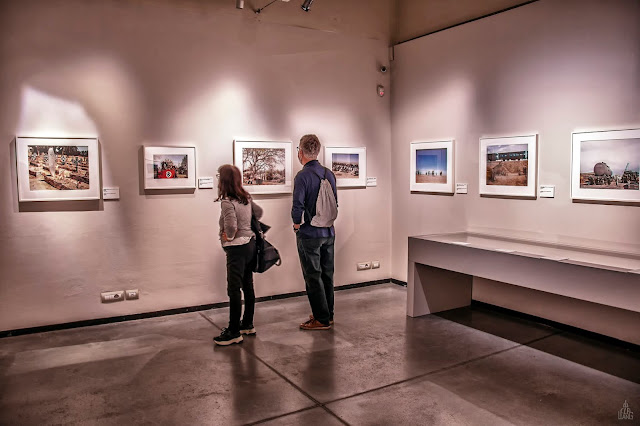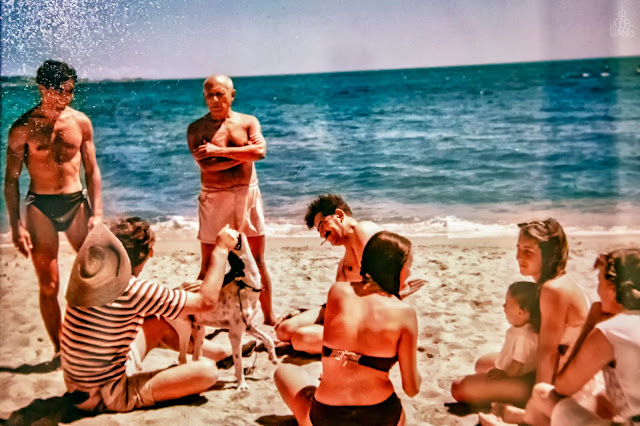For the first time in Italy, an exhibition of the photo in color by Robert Capa and it is hled in Palazzo Chiablese.
The exhibition is interesting, as quite detail description of the famous photgragher's professional journey is provided up to the date he was killed by landmine in indochina.The photos were intended to tell audiences about the daily life of ordinary people and distant countries, in a radically different way from the war reports that had guided Capa's early career. Among these early works are the photographs of Moscow's Red Square, taken during a trip to the USSR in 1947 for a project together with the writer John Steinbeck and the life of the first settlers in Israel in 1949-50. For the Generation X project created together with many other famous photographers from the Magnum agency, Capa traveled to Oslo, Essen, northern Norway and Paris to capture the life and dreams of the younger generation born before the war.
Capa's photographs also present readers with an interesting portrait of high society, due to the wise and elegant use of color photography. In 1950, he portrayed the hippest ski resorts in the Swiss, Austrian and French Alps, and the charming French beaches of Biarritz and Deauville for the burgeoning tourist market featured by Holiday magazine. He also took several fashion photographs, along the quays of the Seine and in Place Vendôme. He photographed several actors and directors on film sets, such as Ingrid Bergman in Roberto Rossellini's Journey to Italy, Orson Welles in Black Rose and John Huston in Moulin Rouge. During this period he also made a series of portraits, such as those of Pablo Picasso, photographed on a beach with his son Claude, or of Giacometti in his studio in Paris. The color imagery was an indissoluble part of the post-war reconstruction and vitality.
Capa in color is an exhibition that offers the unique opportunity to explore the strong ten-year bond of the master with color photography, through a fascinating journey that illustrates post-World War II society. His talent in composing black and white was enormous, but the discovery of the potential of color films almost halfway through his career made it necessary to define a new approach. Capa in color reveals how Robert Capa began to observe the world in a different way and how his business was able to adapt to the new post-war sensibility.
Personally, I am still think his black and white photos have more impact.
P.S. : Putting on masks is obliged in the exhibition rooms, but it seems that there are people who just has no idea how to put on the mask properly....
Location : Palazzo Chiablese
















No comments:
Post a Comment